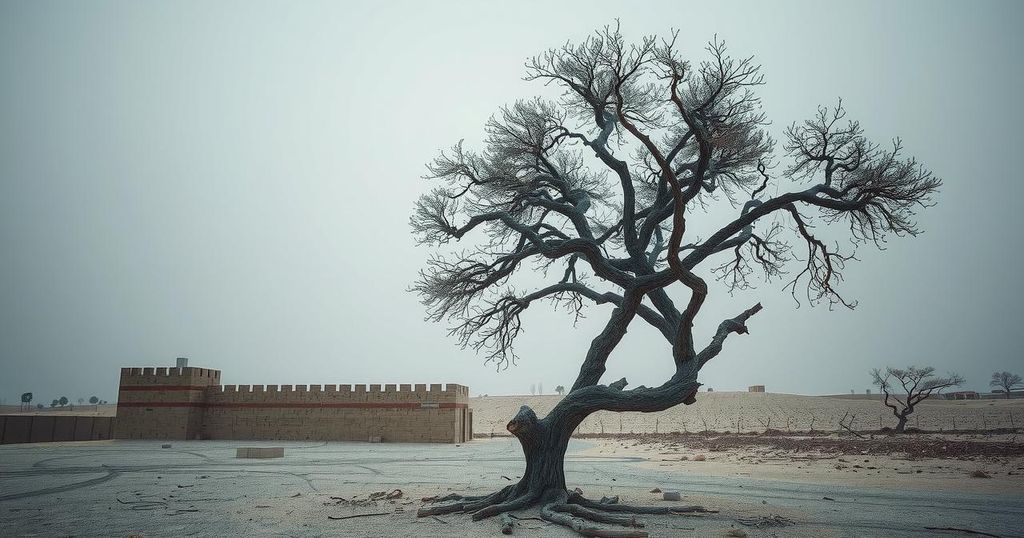Nearly 3,000 deaths have been reported in Goma, DRC, amidst fighting between M23 militants and the national army. The UN is assisting in body recovery efforts as humanitarian conditions worsen, with civilians fleeing and the conflict escalating. The M23 is advancing toward Bukavu, raising concerns about further instability.
A senior United Nations official reported that in the ongoing conflict for control of Goma in the Democratic Republic of Congo (DRC), nearly 3,000 deaths have occurred, involving clashes between M23 militants and the national army. Vivian van de Perre, deputy head of the UN mission, indicated that U.N. teams are aiding in the recovery of bodies, with 2,000 collected from streets and an additional 900 in morgues, while the body count could increase due to more victims remaining uncollected.
The M23 group resumed hostilities in early January after violating a ceasefire agreement, advancing with the alleged support of the Rwandan army. Following their claims of capturing Goma on January 27, significant human displacement and a humanitarian crisis have unfolded, as thousands flee conflict areas. The DRC government has accused Rwanda of backing the M23 rebels, a claim that Rwanda disputes, asserting that Kinshasa cooperates with the FDLR, a rebel group linked to the 1994 Rwandan genocide.
Vivian van de Perre noted that Goma is currently under M23 control, with all major exits and the airport closed. The severe violence has resulted in humanitarian suffering, leading to nearly 2,000 civilians seeking refuge in U.N. peacekeeping bases, which are now overcrowded. Water and electricity services are partially restored, yet market prices have risen due to the conflict.
The UN peacekeepers, known as MONUSCO, face restrictions imposed by the M23, limiting their movements and patrols in the city. There are reports of M23 disrupting aid operations and potentially harassing journalists, although the extent remains unclear. Additionally, heavy fighting is moving towards Bukavu, escalating tensions in the region, which is only 50 kilometers away from M23’s advances.
MONUSCO is in the process of reducing its troop presence in line with the DRC government’s request, having already withdrawn from South Kivu province. While the M23 declared a unilateral ceasefire on February 4, concerns persist regarding the safety of Kavumu airport, essential for humanitarian needs in South Kivu.
The conflict in the Democratic Republic of Congo, particularly surrounding the city of Goma, is rooted in long-standing tensions and rivalries, primarily involving the M23 militant group and the national government. The situation has been exacerbated by international involvement, notably from Rwanda, which the DRC accuses of supporting insurgents. Such geopolitical dynamics add complexity to the humanitarian crisis that has resulted in widespread displacement and loss of life.
The ongoing violence in Goma has resulted in a catastrophic humanitarian situation, with thousands killed and civilians displaced. The claims of foreign involvement complicate the conflict further. As the M23 gains control, the U.N. officials express grave concerns about the potential spread of epidemics due to unsanitary conditions in overcrowded shelters. The future of regional stability remains uncertain as tensions mount towards Bukavu.
Original Source: www.voanews.com




